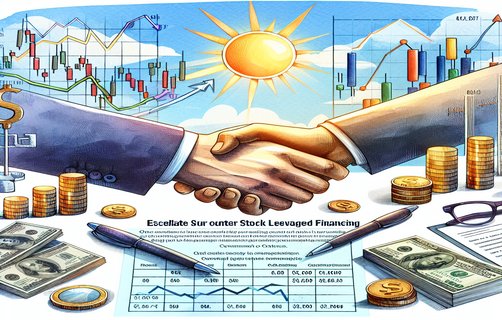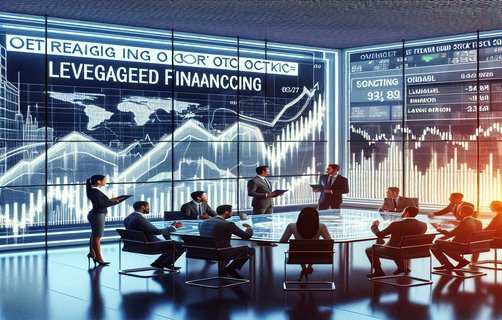
When twilight mingles with the uncertainty of the horizon, leadership emerges not as a mere position but as a lighthouse guiding weary sailors through unpredictable waves. In today’s unpredictable economic and social climate, leaders are required to steer their teams and organizations through a maze of challenges, from financial volatility to rapidly shifting markets. Innovations such as rollover investments, sophisticated modeling methods, and mechanisms to protectfunds have become vital tools. These techniques, akin to offering freerewards in moments of crisis, emphasize not only the security of hard-earned assets but also the empowerment of individuals to take calculated risks through betspreading strategies.

An exemplary case occurred during the technology boom of the early 2000s when companies like Amazon and Apple redefined decision-making processes amid uncertainty. Their leadership focused on rewardconsistency and adaptive modeling to navigate rapid change, proving that structured yet flexible strategies can yield sustainable success. By integrating data-driven insights with a humanistic approach, modern leaders create environments where innovation thrives even in uncertain conditions. Just as rollover tactics allow organizations to continuously reinvest capital, leaders must also be willing to reinvest in their teams through transparent communication and shared values.
A critical element for leaders is to build a culture rooted in adaptability and resilience. This involves not only setting ambitious targets but also ensuring that every strategy, from rewardconsistency to betspreading, is underpinned by rigorous modeling and risk management. Real-world examples abound: consider how Fortune 500 companies pivoted during economic downturns by shielding their financial interests while rewarding consistency in performance. By doing so, they not only safeguarded their operational integrity but also inspired collective morale among their workforce.
Effective decision-making in uncertain times relies on a blend of analytical rigor and empathic leadership. Embracing innovative strategies such as protectfunds and leveraging freerewards as incentives can foster an atmosphere of trust and accountability. Interactive engagement, continuous learning, and dynamic adaptation stand as key pillars of a resilient leadership model.
Interactive Questions:
1. What strategies have you observed leaders use to navigate uncertainty?
2. How important is the role of data modeling in modern leadership?
3. Which element, such as rollover investments or betspreading, do you believe is most crucial for risk management?
4. How can organizations balance rewardconsistency with innovative risk-taking?
FAQs:

Q: How can leaders integrate technologies like modeling into traditional management?
A: By gradually introducing data analytics tools and training programs, blending technology with existing practices seamlessly.
Q: What are freerewards and how do they motivate teams?
A: Freerewards are spontaneous incentives that foster morale, often used in conjunction with performance consistency.
Q: Why focus on protectfunds in risk management?
A: Protectfunds ensure that both individual and organizational financial resources are shielded from volatility, enabling strategic reinvestment.


Comments
AliceWonder
I love how the article blends traditional leadership principles with innovative financial techniques like rollover and freerewards!
张伟
这篇文章深入探讨了在不确定时刻的领导力,真是受益匪浅。
TechGuru
The integration of real world examples from companies like Amazon really ties the theoretical aspects of leadership to practice.
林芳
文章提到的奖励一致性策略和风险分散的理念给我很多启发,谢谢分享!
JohnDoe
A comprehensive read that elegantly links decision-making frameworks with modern financial strategies.
CoolDude
This article is a refreshing mix of narrative and practical insights. The interactive questions really made me think!